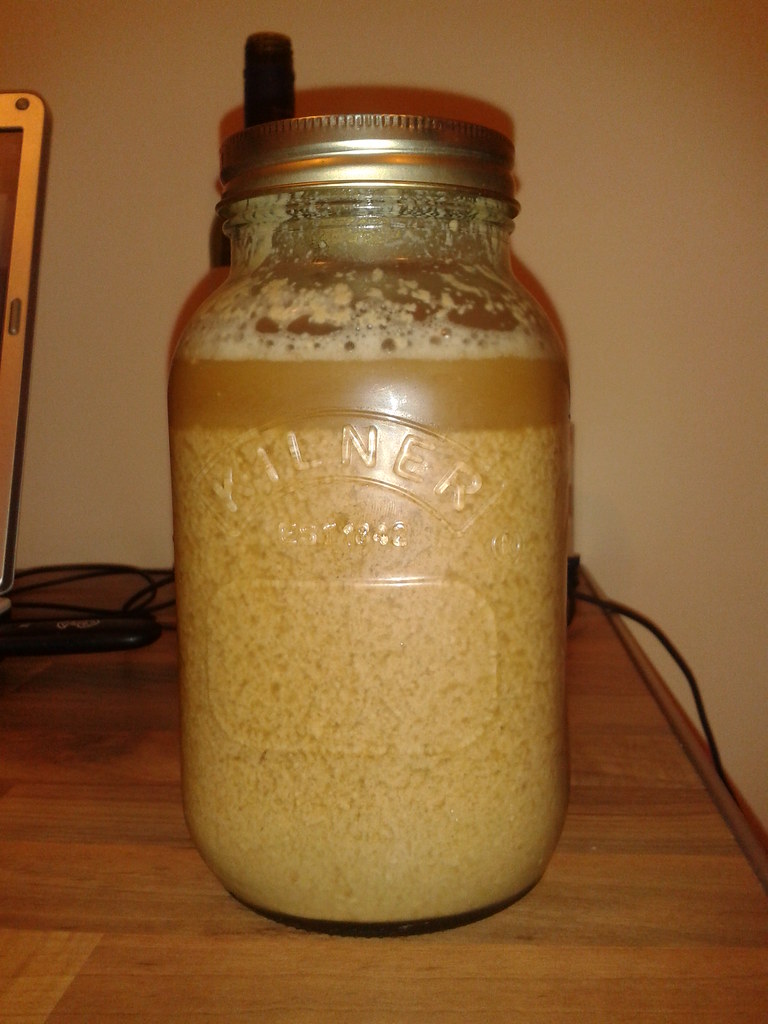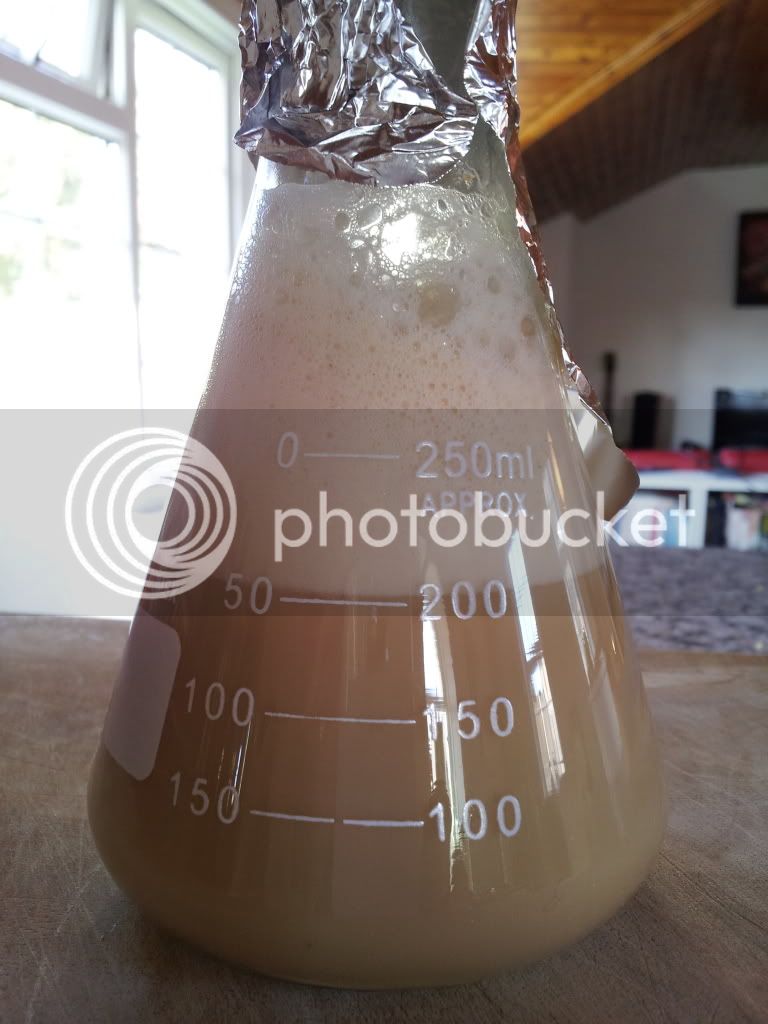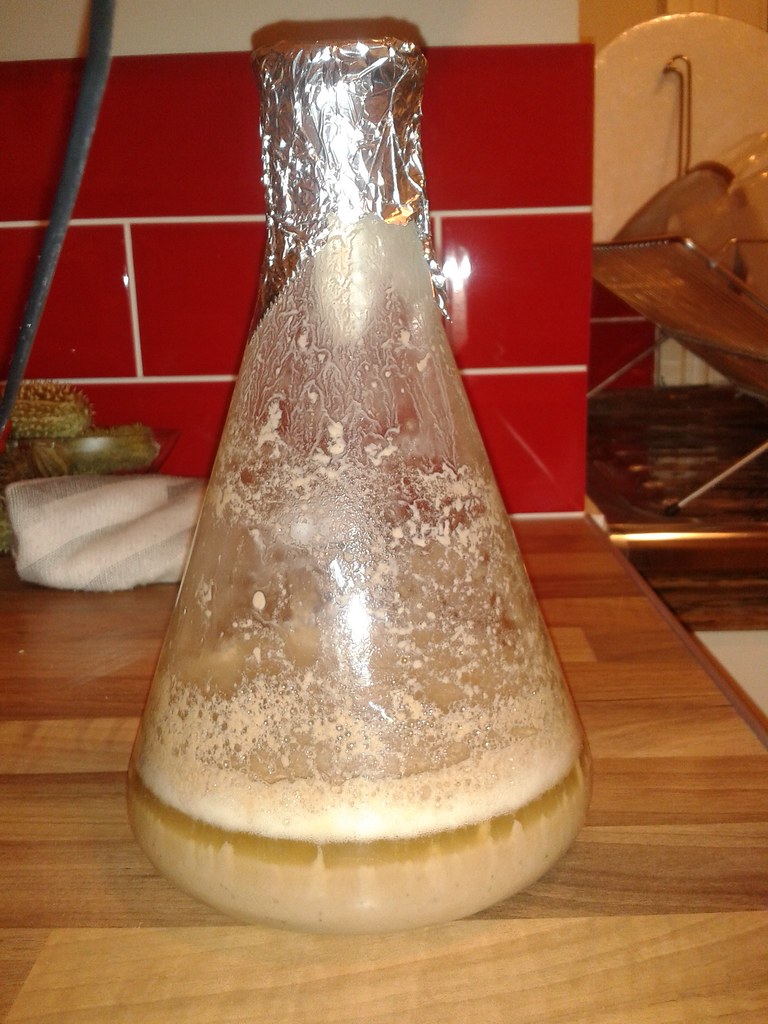StevieDS
Regular.
I know there are quite a few topics on reusing yeast from previous brews but it's something I've not really tried as yet.
Yesterday however, I bottled my Bavarian wheat beer and on a whim decided to pour about 400 ml or so of the yeast cake into a spare pet bottle. I left the lid ajar and stuck it in the fridge.
About 24 hours later and there is 2 distinct layers as the yeast/trub has separated from the beer.
Question is, how do I go about reusing this in another brew? Does it need washed? Can I just make a starter with the whole lot without washing?
Thanks, Stevie.
Yesterday however, I bottled my Bavarian wheat beer and on a whim decided to pour about 400 ml or so of the yeast cake into a spare pet bottle. I left the lid ajar and stuck it in the fridge.
About 24 hours later and there is 2 distinct layers as the yeast/trub has separated from the beer.
Question is, how do I go about reusing this in another brew? Does it need washed? Can I just make a starter with the whole lot without washing?
Thanks, Stevie.






















![BREWING THERMOMETER STICKERS ACCURATELY MONITOR FERMENTING BEER & WINE LIQUID TEMPERATURES 5PCS HOME BREW SPIRITS WINE LCD ADHESIVE [US]](https://m.media-amazon.com/images/I/311DDjo2X3L._SL500_.jpg)






















